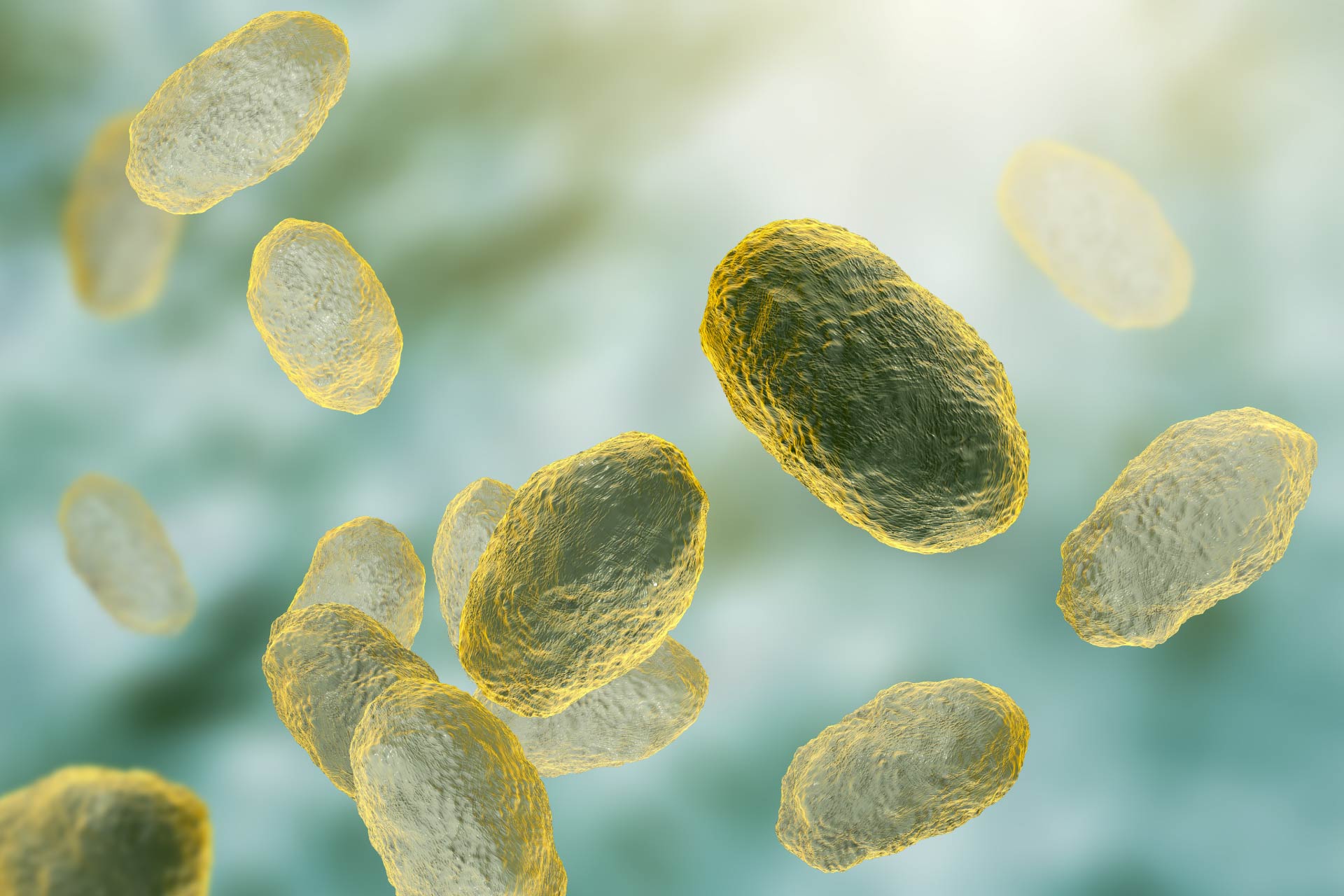• Respiratory disease
• Promoting infection
What is already known on this topic
Opportunistic pathogens can cause infections in animals with weakened immune systems or altered microbiotas. But whether and how the microbiota influences the growth of pathogens remains unclear.What this research adds
Working in birds, researchers have found that a resident microbe can worsen infection of the respiratory tract by Avibacterium paragallinarum, a bacterium responsible for severe avian respiratory disease worldwide. The team identified Staphylococcus species, in particular S. chromogenes, as microbes facilitating Av. paragallinarum infection. S. chromogenes appears to promote the growth and survival of Av. paragallinarum, and antibiotics targeting S. chromogenes reduced Av. paragallinarum infection and associated symptoms in chickens.Conclusion
The findings show that opportunistic pathogens can hijack commensal bacteria to initiate infection and promote their own growth. The study also suggests that modulating the microbiota could improve the outcomes of opportunistic infections.
Opportunistic pathogens can cause infections in animals with weakened immune systems or altered microbiotas. Now, a study in birds shows that these pathogens can hijack commensal bacteria to initiate infection and promote their own growth.
The findings, published in PLOS Pathogens, suggest that modulating the microbiota could improve the outcomes of opportunistic infections.
“Secondary bacterial infections are common in clinical practice, whereas the growth dynamics of each individual in such coinfections are still complicated and elusive,” the researchers say. Unlike resident gut bacteria, microbes in the respiratory tract — especially Haemophilus and other microbes that require rich nutrition — often face a shortage of energy sources. Haemophilus bacteria are part of the microbiota in humans and other animal species, and they can become opportunistic pathogens in birds.
“Despite the structural anatomical differences between mammals and birds, similar syndromes and potential bird-borne zoonoses have been described,” the researchers say. To assess whether and how the microbiota influences the growth of opportunistic pathogens, Guozhong Zhang and Kui Zhu at China Agricultural University and their colleagues studied chickens infected with Avibacterium paragallinarum. This microbe, previously known as Haemophilus paragallinarum, is responsible for severe avian respiratory disease worldwide.
Respiratory disease
The researchers found that the rate of severe avian respiratory infections by Av. paragallinarum was nearly 60% in poultry farms from several provinces of China. Laboratory tests showed that most bacteria belonging to the Staphylococcus genus, in particular S. chromogenes, promoted the growth of Av. paragallinarum. Antibiotics targeting S. chromogenes reduced the numbers of Av. paragallinarum in cells grown in a lab dish, the researchers found.
Similar interactions were also observed between S. chromogenes and Haemophilus parasuis, a colonizer of the upper respiratory tract that can causes disease in pigs. The team showed that H. parasuis could not grow in the absence of S. chromogenes, and S. chromogenes increased the levels of H. parasuis. “Therefore, the promotional effect of S. chromogenes on the growth of Haemophilus spp. should be universal,” the authors say.
Promoting infection
Birds infected with both Av. paragallinarum and S. chromogenes had more severe symptoms than those infected only with Av. paragallinarum, with extensive infiltration of inflammatory cells and detachment of cells lining the respiratory tract. Treating chickens with antibiotics against S. chromogenes reduced the levels of Av. paragallinarum and slowed the progression of disease.
Further experiments showed that S. chromogenes enhances the production of a nutrition factor called nicotinamide adenine dinucleotide, and also accelerates its release from cells to promote the growth and survival of Av. paragallinarum.
“Our results highlight the contribution of resident bacteria to Av. paragallinarum infection in the respiratory tract and most likely the infection of other Haemophilus species,” the authors say. Although it’s unclear how Av. paragallinarum evades the host immune system, the findings could help to understand how resident bacteria contribute to opportunistic infections in the respiratory tract. The study could also pave the way for developing new approaches to prevent and manage such infections, the researchers say.









